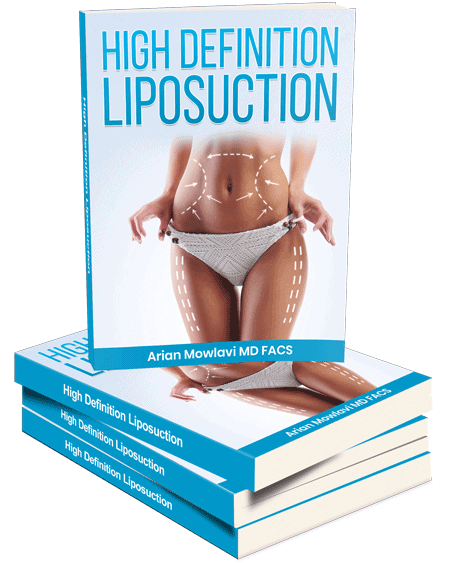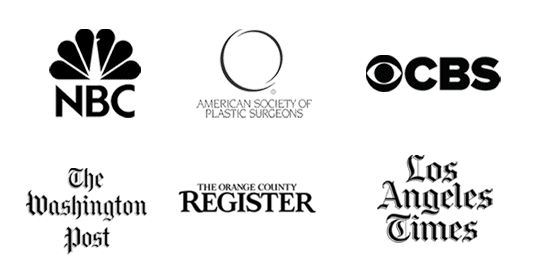Botox, short for Botulinum toxin, is a protein secreted by a special bacterium in order to paralyze their enemies. In the medical industry, this toxin is safely manufactured and used in controlled, non-lethal doses (at 1:1000 dilution) to eliminate undesirable facial wrinkles. Strategically injected into small muscles around the eyes and on the forehead, Botox works by relaxing these muscles and allowing the overlying skin to smoothen.
What is Botox and How Does it Work?
The toxin operates on a principle of “flaccid paralysis”, meaning that affected muscles relax. After injection, Botox enters the muscle’s motor end-plate within its deeper surface and disables the mechanism that allows the nerve to instruct the muscle to fire. In essence, the signal apparatus that facilitates nerve-to-muscle communication is disconnected, paralyzing the surrounding muscle tissue.
In time, the muscle will produce more signaling apparatus to replace the “plugged” ones. This means that the effects of the Botox will fade and the wrinkles will reappear. This is why Botox treatments are repeated every six months. Moreover, regular treatments every six months for a period of approximately three years will eventually deplete the muscle’s strength due to non-use, called disuse atrophy.
Exercise, straining, or other activities that may increase blood pressure should be avoided following a Botox injection to ensure the medication does not migrate from the intended areas, which could compromise your results. One side effect of Botox injections is the movement of anatomical landmarks in the direction opposite to their regular movement.
For example, injection of the forehead may cause the eyebrows to fall after an affected frontalis muscle can no longer pull the eyebrows up. But if the orbicularis oculi muscle is injected, it will allow the eyebrow to go up. This concept allows for very fine-tuning of the positions of the anatomical landmarks on the face while achieving the elimination of undesirable wrinkles.
Some of the facial muscles that are routinely injected include:
a. Frontalis muscle which creates unwanted horizontal wrinkles on the forehead.
b. Corrugator and Procerus muscles which pull the medial eyebrows down and make you frown.
c. Orbicularis oculi muscles create crow’s feet around eyes and also pull lateral eyebrow down.
d. Orbicularis oris muscles give you peri-oral wrinkles around the mouth that are called smoker’s wrinkles. When these muscles are treated appropriately, the harmony of the facial aesthetics can be maintained by keeping anatomical landmarks stable in position while eliminating the facial wrinkles. Furthermore, appropriate Botox unit dosing and optimized position injection are critical to achieving ideal outcomes. Facial evaluation and a customized plan for your Botox injections are essential to optimal results.



